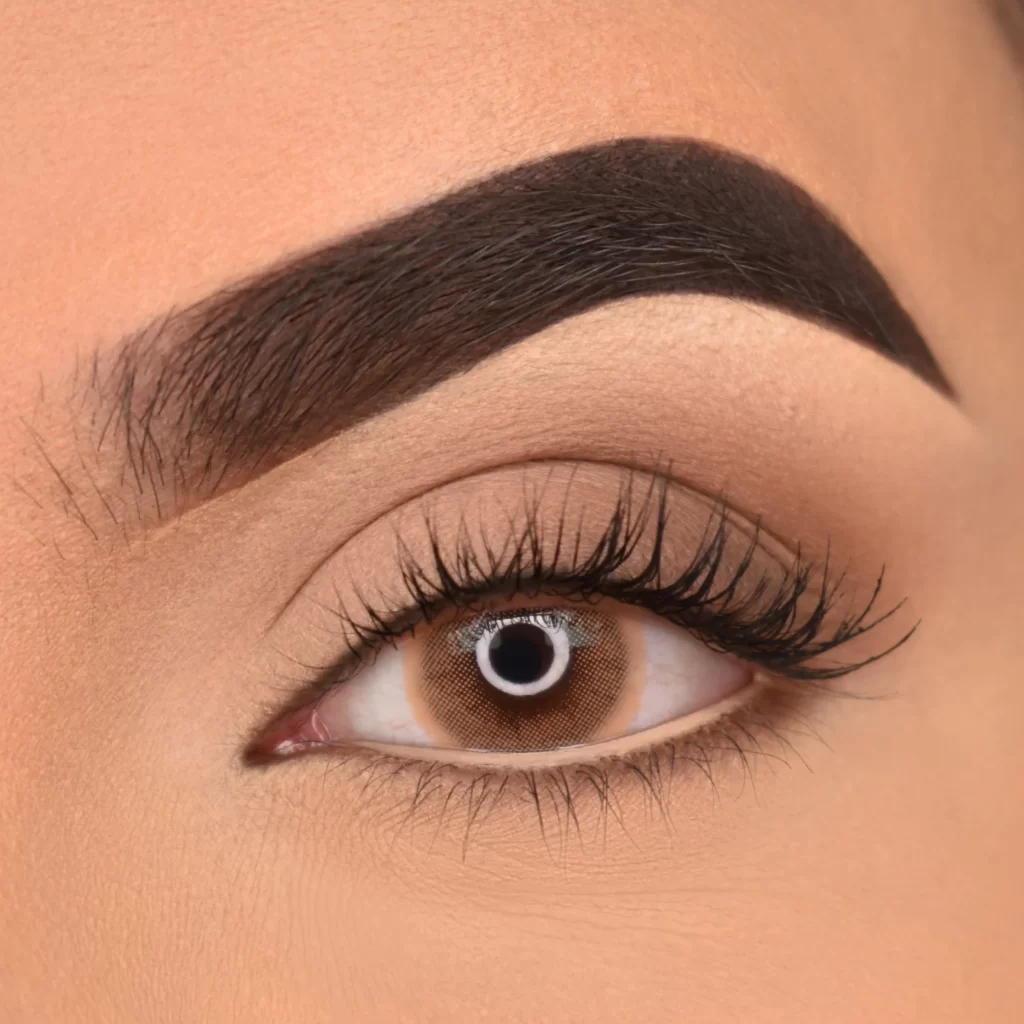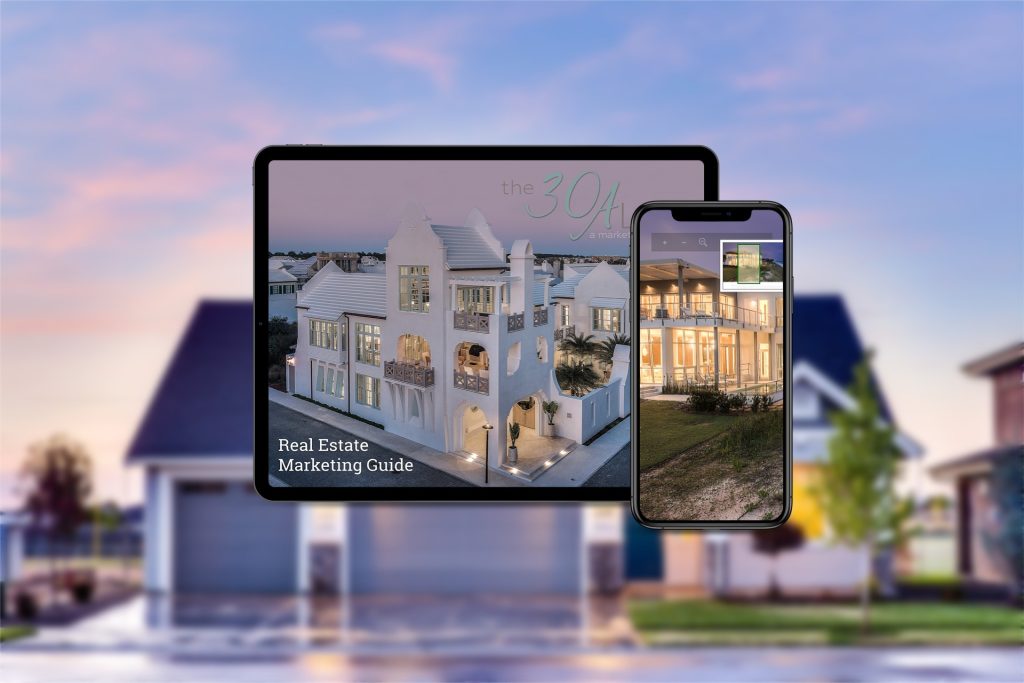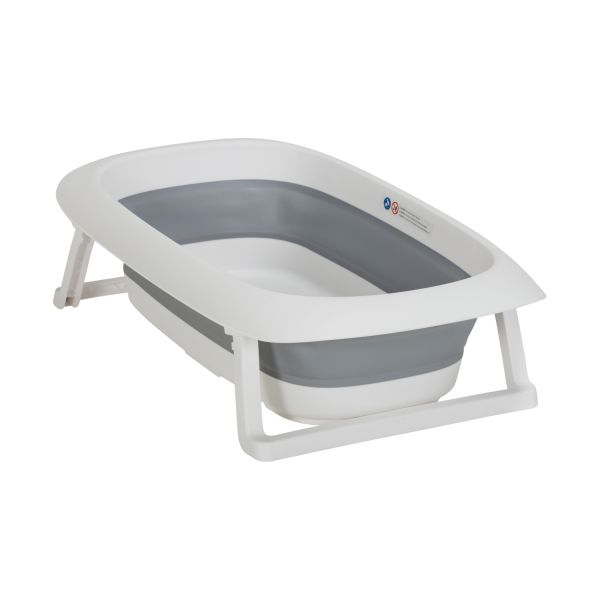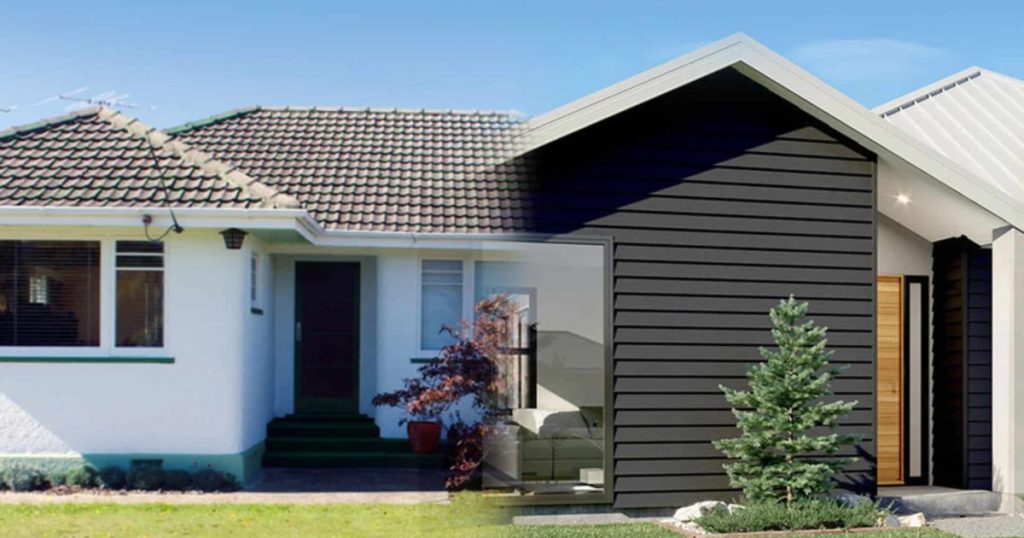In today’s digital landscape, dental practices must leverage effective marketing strategies to stand out in a competitive environment. Pay-Per-Click PPC advertising has emerged as a powerful tool for dental practices seeking to enhance their visibility and attract new patients. By utilizing targeted PPC services, dental practitioners can optimize their patient reach, drive quality traffic to their websites, and ultimately increase their practice’s success. PPC advertising allows dental practices to display ads on search engines and social media platforms, ensuring they appear at the top of search results when potential patients are actively seeking dental services. This immediate visibility can significantly boost patient inquiries, making it an ideal solution for practices looking to fill appointments quickly. Unlike traditional advertising methods, PPC offers measurable results and a clear return on investment ROI. Practices can monitor ad performance in real-time, allowing for data-driven decisions that enhance campaign effectiveness.
Crafting an effective PPC campaign begins with understanding the specific needs and goals of the dental practice. Identifying target demographics, including age, location, and specific dental needs, is crucial in developing ads that resonate with potential patients. For instance, a family dental practice might focus on keywords related to children’s dental care, while an orthodontic clinic may target keywords associated with braces and teeth alignment. By tailoring campaigns to address the specific services offered, dental practices can ensure they attract the right audience. Keyword research is a vital component of any successful PPC campaign. By utilizing tools that analyze search volume and competition, dental practices can select keywords that not only attract clicks but also lead to conversions. Long-tail keywords—phrases that are more specific and usually longer—tend to have lower competition and higher intent, making them ideal for attracting potential patients ready to book an appointment. For example, instead of targeting the broad term dentist, a practice might focus on emergency dental services in Location. This strategy increases the likelihood of attracting patients who require immediate care, thereby driving more appointments.
Additionally, landing pages play a significant role in PPC success. When potential patients click on an ad, they should be directed to a well-designed landing page that clearly outlines the services offered, showcases patient testimonials, and includes a straightforward call to action. Ensuring a seamless user experience from the ad to the landing page can significantly enhance conversion rates, turning curious visitors into loyal patients and read more. Ongoing optimization is essential for maintaining a successful PPC campaign. Regularly analyzing performance metrics such as click-through rates CTR, conversion rates, and cost-per-acquisition CPA allows dental practices to identify areas for improvement. Adjusting ad copy, testing different landing pages, and refining keyword strategies can lead to better performance and a higher ROI. In conclusion, PPC services tailored for dental practices are a potent means of optimizing patient reach and driving practice growth. By leveraging targeted advertising strategies, conducting thorough keyword research, and ensuring an exceptional user experience, dental practitioners can enhance their online visibility, attract quality leads, and ultimately succeed in today’s competitive dental market.





